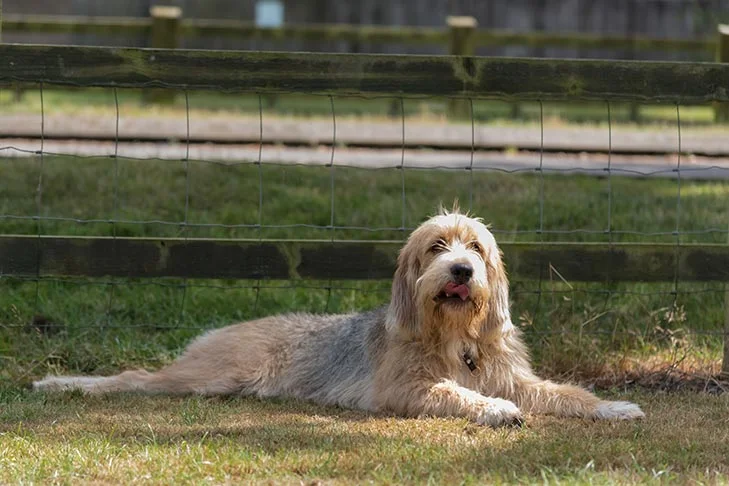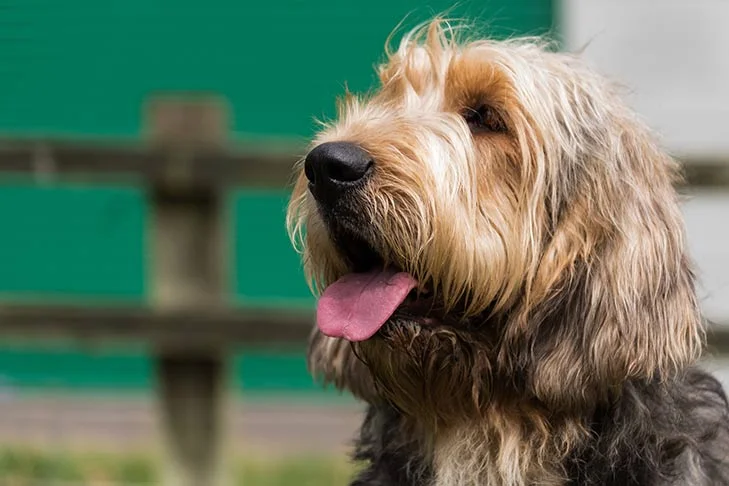The Otterhound is a large, noisy, and friendly dog that was bred in medieval England for the now-illegal activity of otter hunting. This rare breed is distinguished by its dense shaggy coat, webbed feet, keen sense of smell, and fondness for swimming. These large, bouncing hounds were great for otter hunting. From the top of their rough, waterproof coat to the bottom of their huge webbed feet, OHs are built to be great swimmers. They can swim all day without tiring due to their large chest and powerful shoulders. Their large black nose is extremely sensitive and can track an otter’s underwater scent trail for long distances. And the OH’s size and strength allowed them to take on a 20-pound sharp-toothed, razor-clawed otter.
Otterhound
Average sizes and life
expectancy of the breed.
Height
27 inches (male)
24 inches (female)
Weight
115 pounds (male)
80 pounds (female)
Life Expectancy
10-13 years
Breed Traits & Characteristics
About the Breed

Owning a dog is not just a privilege; it’s a responsibility. They depend on us for, at minimum, food and shelter, and deserve much more. When you take a dog into your life, you need to understand the commitment that dog ownership entails.
 Health
Health
Recommended Health Tests From the National Breed Club:
- Hip Evaluation
- Glanzmann's Thrombasthenia DNA Test
 Grooming
Grooming
 Exercise
Exercise
 Training
Training
 Nutrition
Nutrition
History
A large otter population preyed on fish in rivers and stocked ponds in medieval England. Country squires and even kings retained packs of Otterhounds to protect this vital food source. Otter hunting was never as popular as the renowned foxhunts of the British gentry, but it did help fill the spring and summer months for sportsmen waiting for the fall hunting season. Otterhound groups were so effective at their job that river otters were virtually extinct, and hunting them was prohibited.



